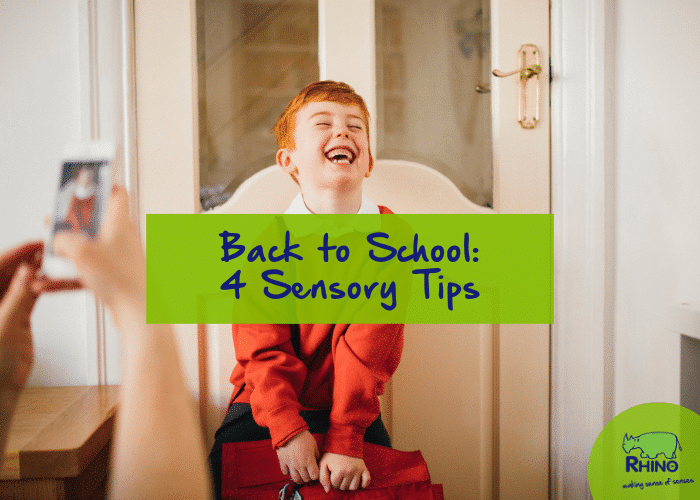Back to school means back to classrooms, which can, unfortunately, create a whole host of unnecessary stress on our senses. Fortunately, our sensory team have put together their top four tips to help you settle into the new school year. Take a read below!
Our Top Sensory Tips for Back To School!
- Talk to Teachers 🧑🏫 Speak with your child’s new teacher about their sensory preferences so that they can accommodate their needs from day one.
- Take a walk to school🚶 Softly reintroducing your child to the school routine will make sure there’s no big shock when term starts. Make the most of the walk, too; play a game of sensory bingo and explore your senses as you move.
- Make sure school uniforms are comfy 👕 – especially if your child is tactile-sensitive! Put the uniforms through the wash a few times before wearing them, ensuring they’re soft and easy to wear.
- Get fidget-ready!🖐️ First-day nerves are bound to be around when going back to school. An easy way to help manage this is with a fidget toy. They’re perfectly pocket-sized and can ease anxieties and stress with a couple of pops, twists and rattles.
More Information
- Explore our Sensory Learning collection
- Find the perfect Sensory Fidget Toy
- Discover our sensory room case studies in schools

